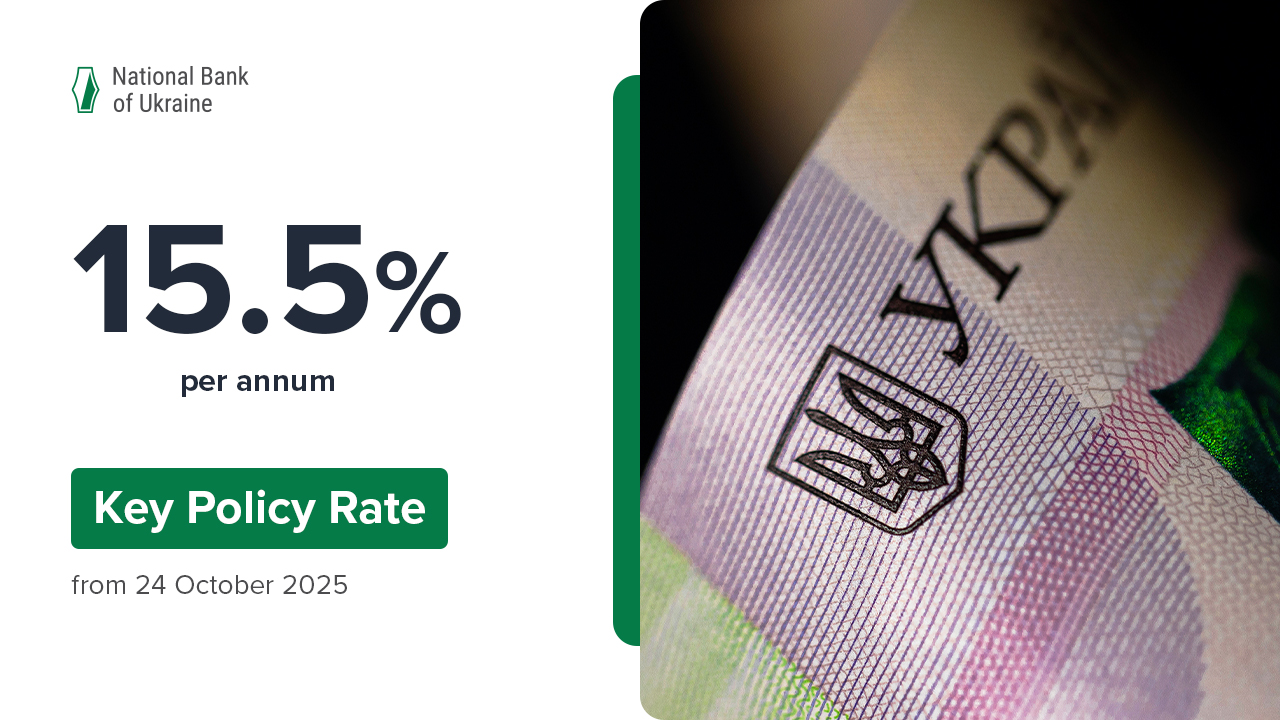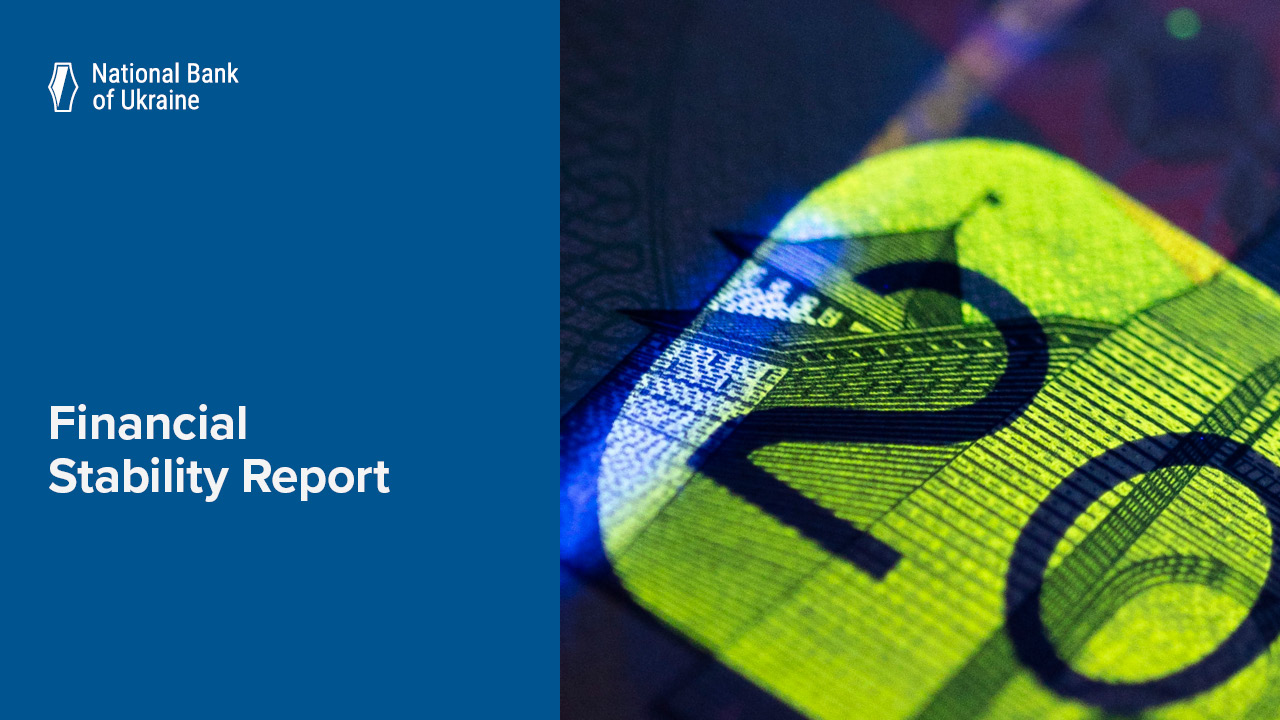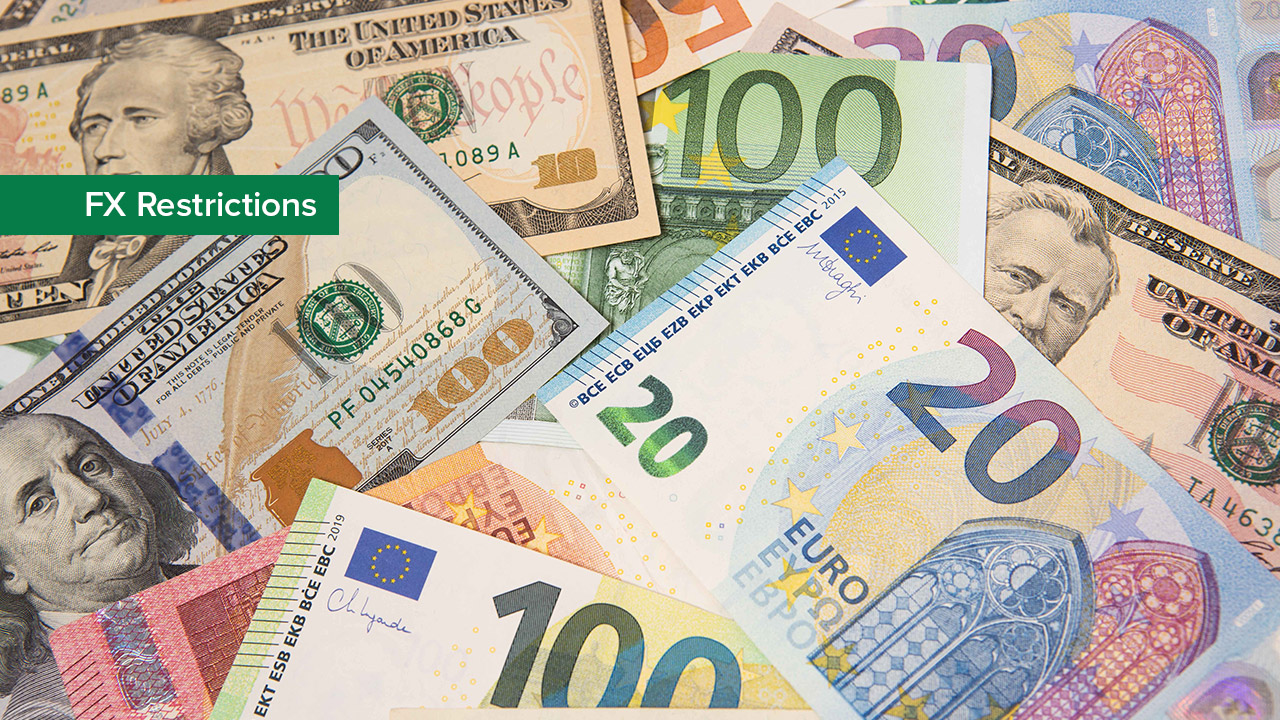In Q2 2018, the growth of the Ukrainian economy accelerated from 3.1% in Q1 to 3.8% yoy. Seasonally adjusted GDP growth was 1.0% qoq. This is evidenced by the detailed indicators of GDP for Q2 2018 published by the State Statistics Service of Ukraine.
The actual growth rates of real GDP in Q2 2018 exceeded the NBU’s projections published in the July 2018 Inflation Report (3.2% yoy). The discrepancy between the NBU forecast and actual indicators can be primarily attributed to the early start of the harvesting season this year. Net of this factor, the movements in real GDP are generally in line with NBU expectations.
All in all, domestic demand remains the main driver of real GDP growth, as expected.
- Consumer demand continued to grow steadily.
- First, the general government generated a significant increase in consumption (by 11.0% yoy, in contrast to a decrease by 1.4% in the previous quarter). This was driven by the significantly higher spending on household utility subsidies this year as temperatures fell below last year’s levels and the heating season outlasted that of last year.
- Second, private household consumption continues to rise. In Q2, Ukrainians ramped up consumer spending by 4.2% yoy, as real wages, remittances to Ukraine, and pensions (specifically, military retired pay) increased and consumer sentiment improved.
- The growth in gross fixed capital formation (GFCF) decelerated somewhat. However, its growth rate remains significant (14.2% yoy) due to high business expectations and an increase in the budget capital expenditure, including on road and transport infrastructure projects. In contrast, companies reported moderate financial results in H1.
- The negative contribution of net exports to GDP growth shrank to 1.7 pp. Despite the dropin grain exports in Q2 2018 associated with depleted inventories and a low yield of early grain crops, the overall growth rate of exports of goods and services in real terms increased by 0.1% yoy (up from a drop of 9.9% yoy in the previous quarter). The export increase was mainly driven by the exports of other foods, ores, and ferrous metals. However, the growth in the imports of goods and services also picked up in Q2 (the imports increased by 3% yoy, up from a decrease of 5.4% yoy in Q1).
- As for specific industries, agriculture recorded the most noticeable improvement in performance in Q2. Due to an earlier launch of grain crop harvesting compared with the previous year, the growth in the gross value added of agriculture accelerated notably to 19.3% yoy, up from a drop of 0.5% yoy in the previous quarter.
Low comparison base effects – caused by the suspension of trade with the non-government controlled areas (NGCA) and the seizure of enterprises in those areas last year – revived GVA growth in the energy sector (by 6.9% yoy). At the same time, due to repairs at several major metals and mining plants, growth rates of the processing industry decelerated to 2.0% yoy, and those of the mining industry – to 0.7% yoy.
Consumer demand continued to grow rapidly, driving an increase in the GVA of most service sectors, specifically transportation, health care, arts, sports, entertainment, and recreation.
s a side note, according to the macroeconomic forecast published in July 2018, the NBU expects that real GDP growth will accelerate to 3.4% in the current year. The revised macroeconomic forecast will be announced at the regular press briefing on the monetary policy on 25 October 2018 and published in the Inflation Report on 1 November 2018.






